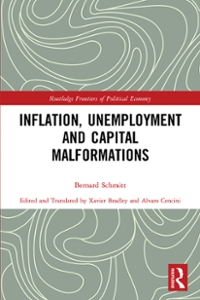Question
1. Suppose Aquims's Movie Theater a monopolist in the Lehigh Valley area, finds a way to determine if a potential buyer is a student or
1. Suppose Aquims's Movie Theater a monopolist in the Lehigh Valley area, finds a way to determine if a potential buyer is a student or not. It uses this information to engage in group price discrimination on their gold purchases. (There are no supply constraints.)
The demand curve for non-students is QN = 64PN.
The demand curve for students is QS = 1803PS.
The marginal cost of allowing another movie-watcher into the theater is $4. It is also safe to assume ATC=$4
- a. If Aquims's Movie Theater group price discriminates, what is the profit-maximizing quantity of gold and price for the students' group ( )?
- b. If Aquims's Movie Theater group price discriminates, what is the profit-maximizing quantity of gold and price for the non-students group ( )?
- c. What is Aquims's Movie Theater profit from price discriminating?
Note: you should be able to answer parts d and e without doing any calculations
d. Which of the following pricing scenarios would Aquim's Movie Theater (the producer) prefer? Why?
Single Price (No price discrimination)
Perfect Price Discrimination
Group Price Discrimination
e. Which of the above scenario's would be best for the whole economy (welfare)? Why?
Step by Step Solution
There are 3 Steps involved in it
Step: 1

Get Instant Access to Expert-Tailored Solutions
See step-by-step solutions with expert insights and AI powered tools for academic success
Step: 2

Step: 3

Ace Your Homework with AI
Get the answers you need in no time with our AI-driven, step-by-step assistance
Get Started


